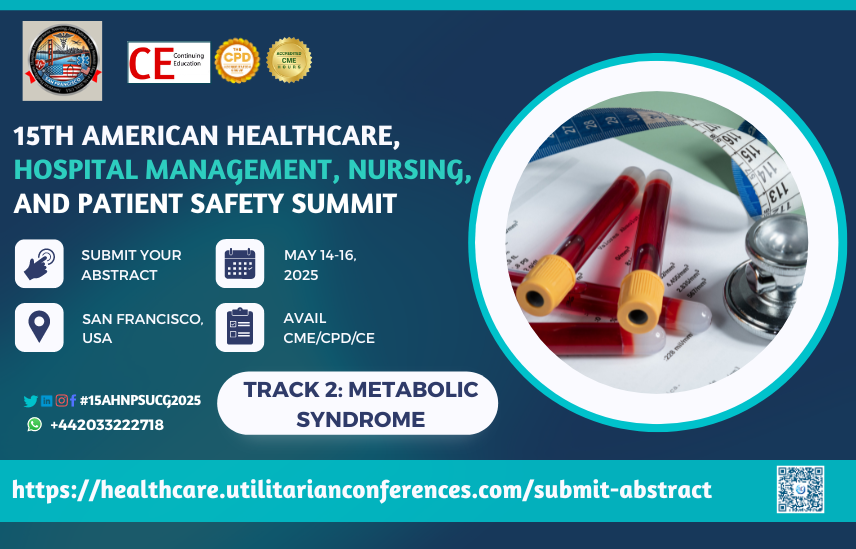Patient
safety in pharmacy is a critical component of overall healthcare quality,
focusing on ensuring that medications are used safely and effectively. Here’s
an overview of key aspects and strategies related to patient safety in
pharmacy:
**1. Importance of Patient Safety in Pharmacy:
- Preventing Medication Errors: Ensuring accurate medication
dispensing and administration helps prevent errors that can lead to
adverse drug events (ADEs).
- Optimizing Therapeutic
Outcomes:
Proper medication management ensures that patients receive the correct
treatment, improving therapeutic outcomes and minimizing side effects.
- Enhancing Patient Trust: Safe and effective medication
practices build trust between patients and healthcare providers.
**2. Key Components of Patient Safety in Pharmacy:
**1. Medication
Management:
- Accuracy: Ensure that medications are
accurately prescribed, dispensed, and administered. This includes checking
drug interactions, allergies, and correct dosages.
- Standardization: Use standardized procedures
and protocols to minimize variability and reduce the risk of errors.
**2. Error
Prevention:
- Double-Checking: Implement double-checking
procedures for high-risk medications or complex prescriptions.
- Technology Utilization: Use technology, such as
barcoding systems and electronic health records (EHRs), to reduce manual
errors and enhance accuracy.
**3. Patient
Education:
- Counseling: Provide clear instructions and
counseling to patients about their medications, including how to take
them, potential side effects, and what to do in case of missed doses.
- Information Sharing: Ensure patients have access to
information about their medications, including potential drug interactions
and contraindications.
**4. Incident
Reporting and Analysis:
- Reporting Systems: Establish a system for
reporting medication errors, near misses, and adverse drug events.
Encourage staff to report incidents without fear of retribution.
- Root Cause Analysis: Conduct root cause analyses of
reported incidents to identify underlying issues and develop strategies
for preventing future occurrences.
**5. Continuous
Improvement:
- Quality Assurance: Implement quality assurance
processes to regularly review and improve medication management practices.
- Training and Education: Provide ongoing training for
pharmacy staff on best practices, new medications, and safety protocols.
**3. Common Challenges and Solutions:
**1. Medication
Errors:
- Challenge: Errors in medication prescribing,
dispensing, or administration can occur due to human factors,
communication issues, or system flaws.
- Solution: Implement safety checks, use
technology to assist with medication verification, and enhance
communication among healthcare providers.
**2. Drug
Interactions and Allergies:
- Challenge: Identifying and managing drug
interactions and allergies can be complex, especially with polypharmacy.
- Solution: Use electronic prescribing
systems with built-in interaction checkers and ensure thorough patient
histories are obtained and reviewed.
**3. Patient
Compliance:
- Challenge: Patients may not adhere to
prescribed medication regimens, leading to suboptimal therapeutic
outcomes.
- Solution: Provide patient education, use
adherence aids such as pill organizers or reminder systems, and engage
patients in their treatment plans.
**4. Workload
and Stress:
- Challenge: High workloads and stress can
lead to burnout and errors among pharmacy staff.
- Solution: Implement strategies to manage
workload effectively, provide support and resources for staff well-being,
and encourage a culture of safety and support.
**4. Regulatory and Accreditation Standards:
- Standards and Guidelines: Adhere to regulatory and
accreditation standards set by organizations such as the Joint Commission,
the U.S. Food and Drug Administration (FDA), and the Institute for Safe
Medication Practices (ISMP).
- Compliance: Ensure compliance with laws
and regulations related to medication safety and quality of care.
**5. Patient Safety Culture:
- Promote a Safety Culture: Foster a culture of safety
within the pharmacy by encouraging open communication, teamwork, and a
non-punitive approach to error reporting.
- Engage Staff: Involve all pharmacy staff in
safety initiatives and ensure that they are empowered to contribute to
improving patient safety.
By
focusing on these aspects, pharmacies can enhance patient safety, prevent
medication errors, and contribute to better overall healthcare outcomes.





